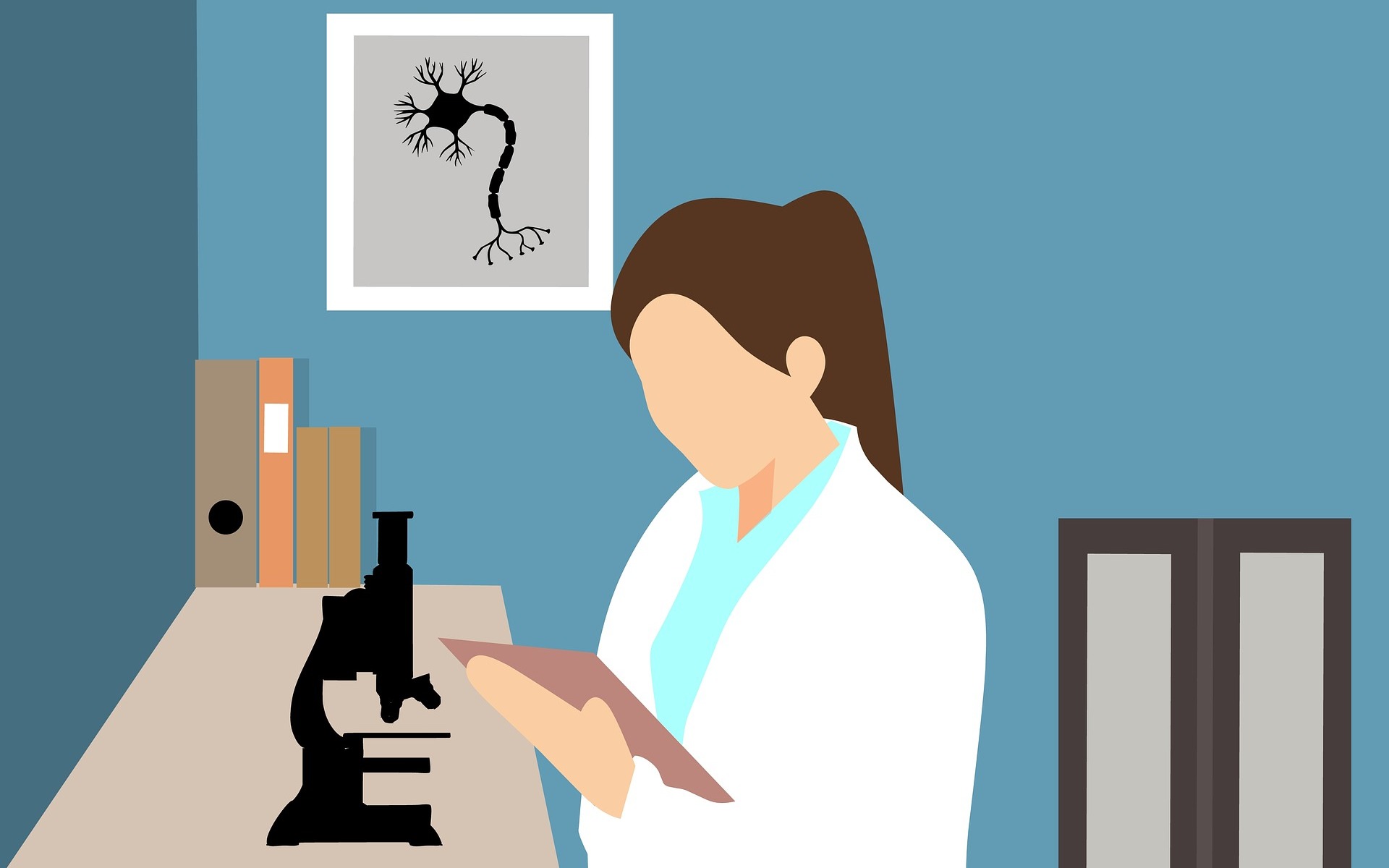Breakthroughs in Life-Saving Technology
 Advances in healthcare technology continue to increase the accessibility of treatment and open up a multitude of ways of exploration and research, giving healthcare experts the efficiency they need to do their jobs properly. When new technology arrives in healthcare, the tech available at home increases as well.
Advances in healthcare technology continue to increase the accessibility of treatment and open up a multitude of ways of exploration and research, giving healthcare experts the efficiency they need to do their jobs properly. When new technology arrives in healthcare, the tech available at home increases as well.
University of Washington researchers are studying the potential medical use of a common household object: smart speakers. Building on previous studies that highlighted the devices’ ability to detect cardiac arrest and monitor breathing in infants, the researchers believe smart speakers could double as “unobtrusive life sign monitors.”
Another exciting breakthrough is in development in Providence, Rhode Island. BrainGate—a team of leading neurologists, neuroscientists, engineers, computer scientists, neurosurgeons, mathematicians, and other researchers—is focused on creating effective brain-computer interfaces (BCIs). BCIs enable people with paralysis to control computer systems and manipulate robotic prosthetics by thinking about moving their own bodies.
For a long time, this technology needed a series of wires and cables to connect from the brain to computers. Now, clinical trial participants with tetraplegia have demonstrated “the use of an intracortical wireless BCI with an external wireless transmitter.” A small transmitter about 2 inches in width and weighing less than 2 ounces makes it all possible. It’s less intrusive than the traditional cables.
Meanwhile, researchers at the Case Western Reserve University School of Medicine are applying biosensor technologies in a different way. Through the newly established Case Center for Biomarker Structure and Integration for Sensors (BioSIS), they intend to understand and improve the detection of stress and fatigue for airline pilots. The initiative stems from a delicate balance: some stress can be a good thing, leading to immediate response. Too much stress, however, can be paralyzing. The goal is to create wearable biosensors that may prove life-saving for pilots.
These advances represent the tip of the iceberg as it pertains to life-saving technology that’s emerged in recent years: Smartwatches with crash alerts, automatic braking and lane assist, facial recognition software, and vaccine delivery drones, to name a few more. They may not change your day-to-day routine, but they may one day save your life (or the lives of loved ones).


